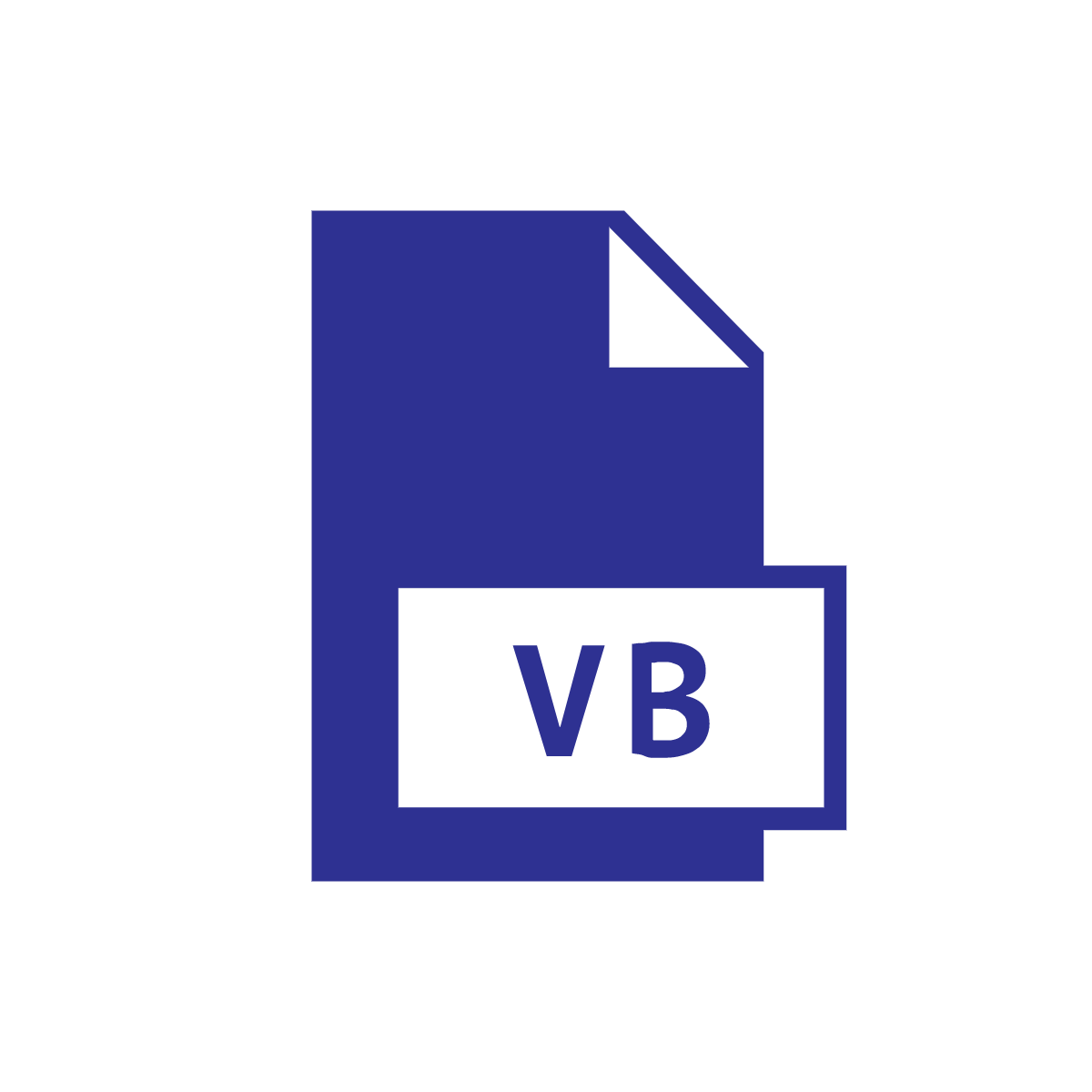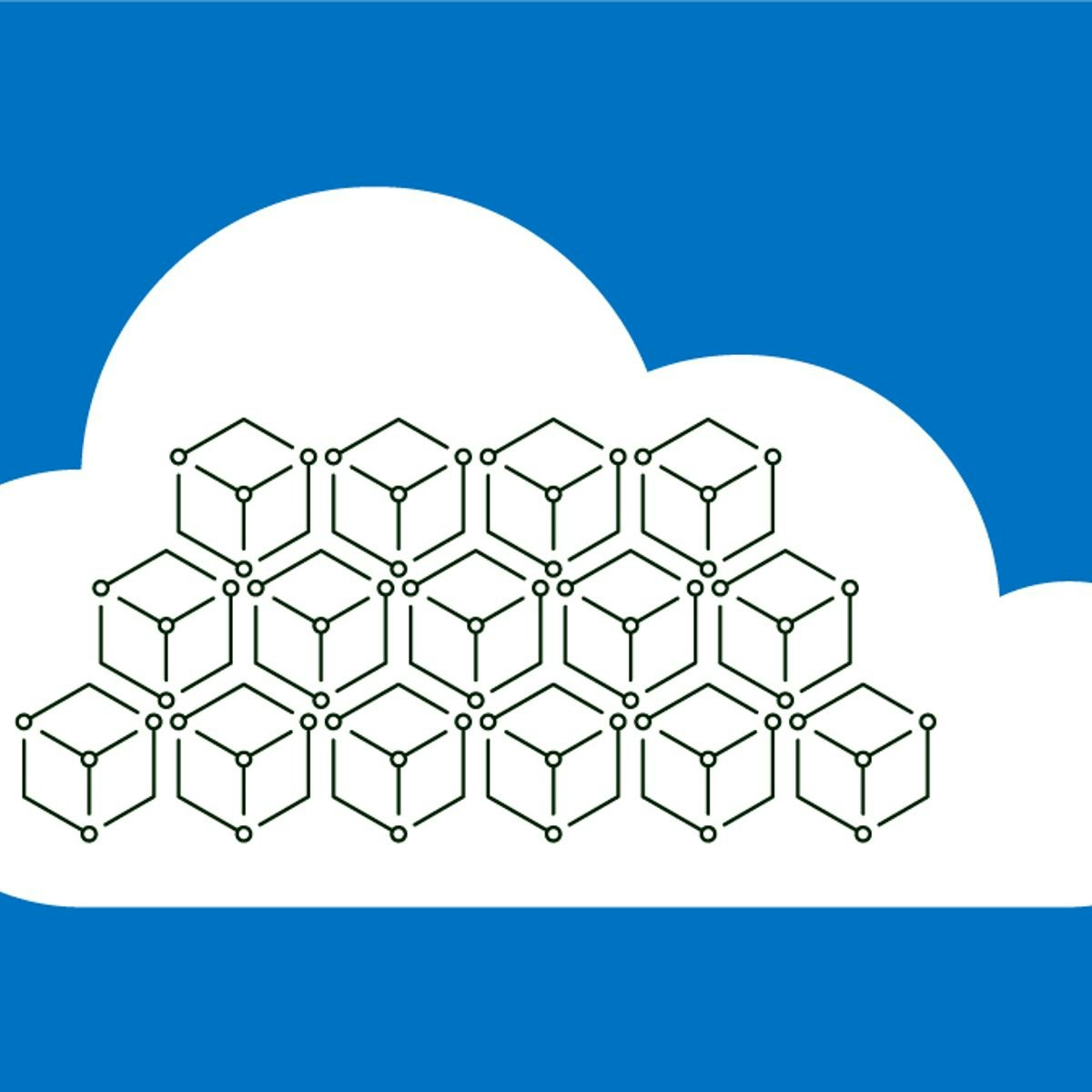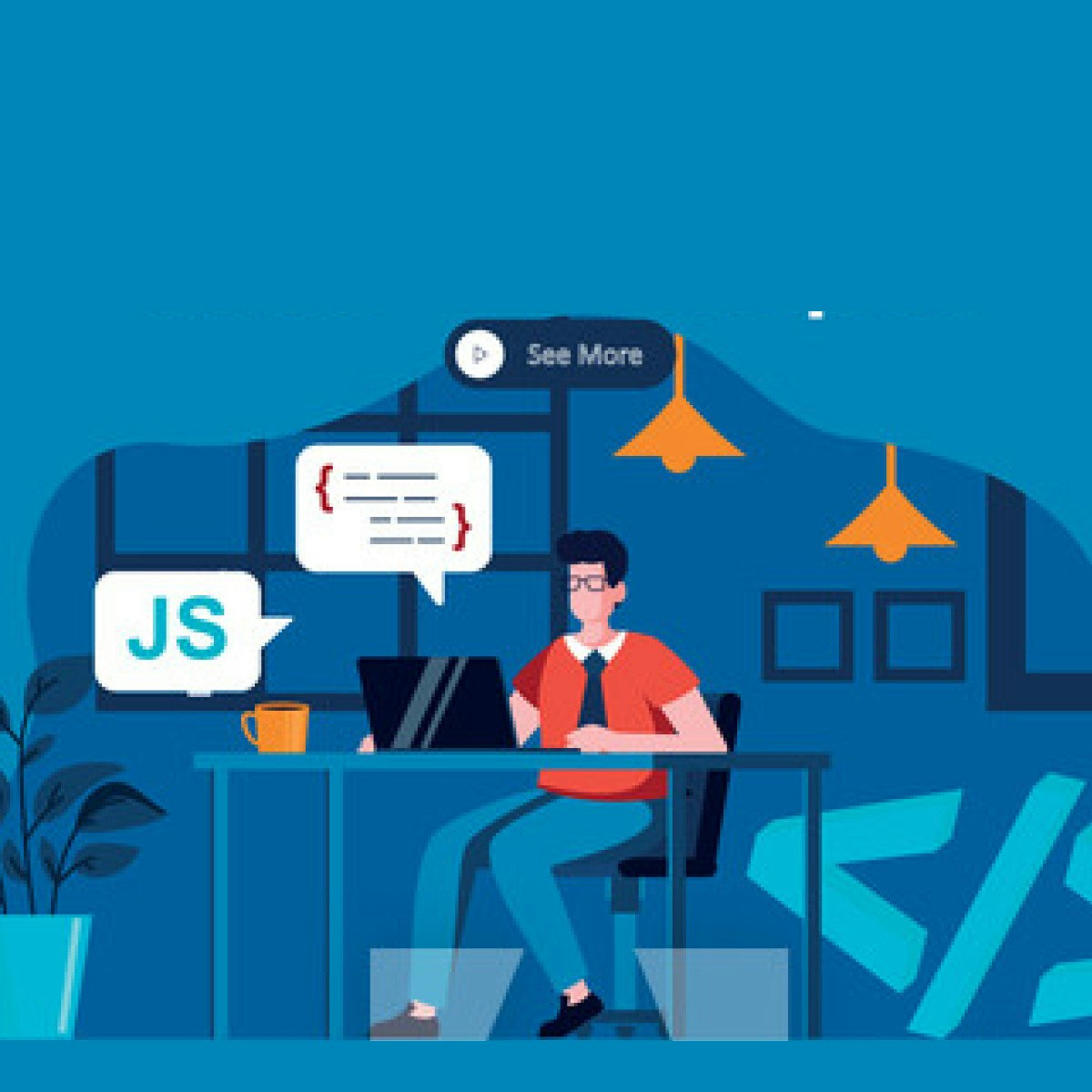Back to Courses









Computer Science Courses - Page 61
Showing results 601-610 of 2309

Create a Database with the Modeling Tool in MySQL Workbench
In this project you will use the Modeling and Design Tool in MySQL Workbench to design and create a multiple-table relational database. As a DBMS (database management system), MySQL is used by many organizations for managing a variety of types and sizes of databases. MySQL Workbench acts as an integrated development environment allowing users to work with relational databases using a visual user interface rather than the command line. Hands-on activities include using the Modeling and Design Tool to draw a database design diagram, generating the database from that diagram, and then using MySQL Workbench features to load data into the database tables. You will also find an optional Challenge Task and an optional Capstone task for extra practice.
Note: This course works best for learners who are based in the North America region. We’re currently working on providing the same experience in other regions.

Foundations of Computer Science
Welcome to Introduction to Programming: Visual Basic. In the course sequence you will learn to write programs that utilize both procedural and object oriented techniques to solve business problems. In the first course in the sequence we will provide you with a solid foundation in the computer science topics that are important to understand when programming Visual Basic. In courses two through four, we will role up our sleeves and start coding in Visual Basic. In these courses you need to have access to a computer that is running Windows, macOS or Linux with the .NET 5 installed. We will show you how to install .NET 5.

Introduction to Containers w/ Docker, Kubernetes & OpenShift
With a median salary of $137,000, developers with container skills are in demand. More than 70 percent of Fortune 100 companies are running containerized applications. But why?
Using containerization, organizations can move applications quickly and seamlessly among desktop, on-premises, and cloud platforms.
In this course designed for beginners, learn how to build cloud native applications using current containerization tools and technologies such as containers, Docker, container registries, Kubernetes, OpenShift, and Istio. Also learn how to deploy and scale your applications in any public, private, or hybrid cloud.
Each week, you will apply what you learn in hands-on, browser-based labs. By the end of the course, you’ll be able to build a container image, then deploy and scale your container on the cloud using OpenShift.
If you understand basic cloud and programming concepts, and your career path includes roles
such as cloud developer, cloud architect, cloud system engineer, DevOps engineer, and cloud networking specialist, this course is for you!
Take the next step in your cloud career by learning more about containers!

Draw and Style Custom Letters with Inkscape
By the end of this project, you will be able to draw and style customized letters in Inkscape—a free, open-source vector program. You’ll build complex shapes that can be expanded and resized without losing image quality, making them a reliable foundation for website images, logos, and other digital uses.
You will practice working with vector graphics, including node and path editing, and you will feel comfortable using tools like the Bezier pen, path commands, and commands like clip to form complex vector graphics.
To build these skills, you’ll build an entire custom word, add serifs to a letter, and create a stylized 3D cut block letter.
Note: This course works best for learners who are based in the North America region. We’re currently working on providing the same experience in other regions.

Create Dynamite in Unity
In this one-hour, project-based course, you'll learn how to create a functioning stick of dynamite! You'll use primitive 3D objects to create the model, configure a particle effect to light the wick, and then use the physics engine to create an explosive force.
And we'll do all of that without writing a line of code.
This is a cross-topic guided project that will introduce you to the following Unity concepts:
- Primitive GameObjects
- Transforms
- Materials
- Particle Systems
- Rigidbodies
This course makes use of the Western-themed Unity project created in Create an FPS Weapon Part 1, Part 2, Part 3 and Part 4. These compliment this guided project and, although not prerequisites, are recommended for a more well-rounded understanding of the concepts presented herein.

Developing Cloud Apps with Node.js and React
In this course, you will focus on server-side JavaScript and frameworks. You will discover ways to make development faster and easier in web browsers and embedded systems. You may ask, what is the relevance of developing cloud applications with Node.js and React?
In 2020, the Stack Overflow survey of developers reported that 51.4% of respondents are using Node.js, making it number one in the category of Other Frameworks, Libraries, and Tools.
In the Most Loved, Dreaded, and Wanted category for Other Frameworks, Libraries, and Tools, Node.js is in the top ten at 66.8%. In the Web Frameworks category, React is number two at 35.9% in usage and 66.9% in the Most Loved, Dreaded, and Wanted category for Web Frameworks.
This course is designed to help you achieve success in this fast-growing cloud computing area. You may be an IT person looking to step up in your career, a new graduate seeking to establish a solid skillset to score a job in the cloud or web development, an IT decision-maker who needs to manage more cloud-centric projects, or someone in another field who wants to be able to talk about cloud computing knowledgeably.
Note: It is highly recommended that you complete the Introduction to Web Development with HTML, CSS, JavaScript course in the IBM Full Stack Cloud Developer Professional Certificate prior to starting this course. The course requires prior basic knowledge of HTML5, CSS, JavaScript, Git, and fundamental concepts in Cloud programming.

API Gateway: Qwik Start
This is a self-paced lab that takes place in the Google Cloud console.
API Gateway enables you to provide secure access to your services through a well-defined REST API that is consistent across all of your services, regardless of service implementation. In this lab, you will deploy an API on API Gateway to secure traffic to a backend service.

Introduction to the Juniper Contrail Networking Solution
This course will introduce you to Juniper Networks Contrail Networking (CN2) , a cloud-native SDN solution for intelligent networking and security for Telco and IT cloud. You will learn about the concepts of a virtual network, underlays and overlays, as well as tunneling protocols such as VXLAN. The course will explore Network Functions Virtualization (NFV) and software-defined networking (SDN) approaches. You will learn about cloud-native Contrail Networking architecture and integration with orchestrations systems such as Kubernetes. Navigating the Contrail user interface and Contrail’s advanced networking features to create Kubernetes custom networks and multi-interface Pods will also be explored.

IoT Networking
This course builds on the first two courses in this series: IoT Devices and IoT Communications. Here you will begin to learn enterprise IoT. Enterprise networks, from first-hop access to backend IoT services are critical because they allow your IoT devices to reach the Internet and achieve their true intelligence. IoT places extreme demands on first-hop access - ultra-dense deployments challenge spectrum allocation, the need to provide strong segmentation yet let devices reach into IoT services such as gateways and databases. During this week you will begin to learn about these challenges, and the underlying protocols and technologies of wired networks that can help you to address them.

Sort and Filter Data in SQL using MySQL Workbench
In this project you will use MySQL Workbench to write SQL queries that retrieve, sort, and filter data from tables in a relational database. Adding filtering to a query ensures that only the data needed is displayed in the query result. Sorting is applied to arrange the rows in that query result into an order that is meaningful to the data’s user. Adding code to an SQL query to filter and sort data generates a query result that makes data analysis easier for users, enabling more effective decision-making.
Note: This course works best for learners who are based in the North America region. We’re currently working on providing the same experience in other regions.
